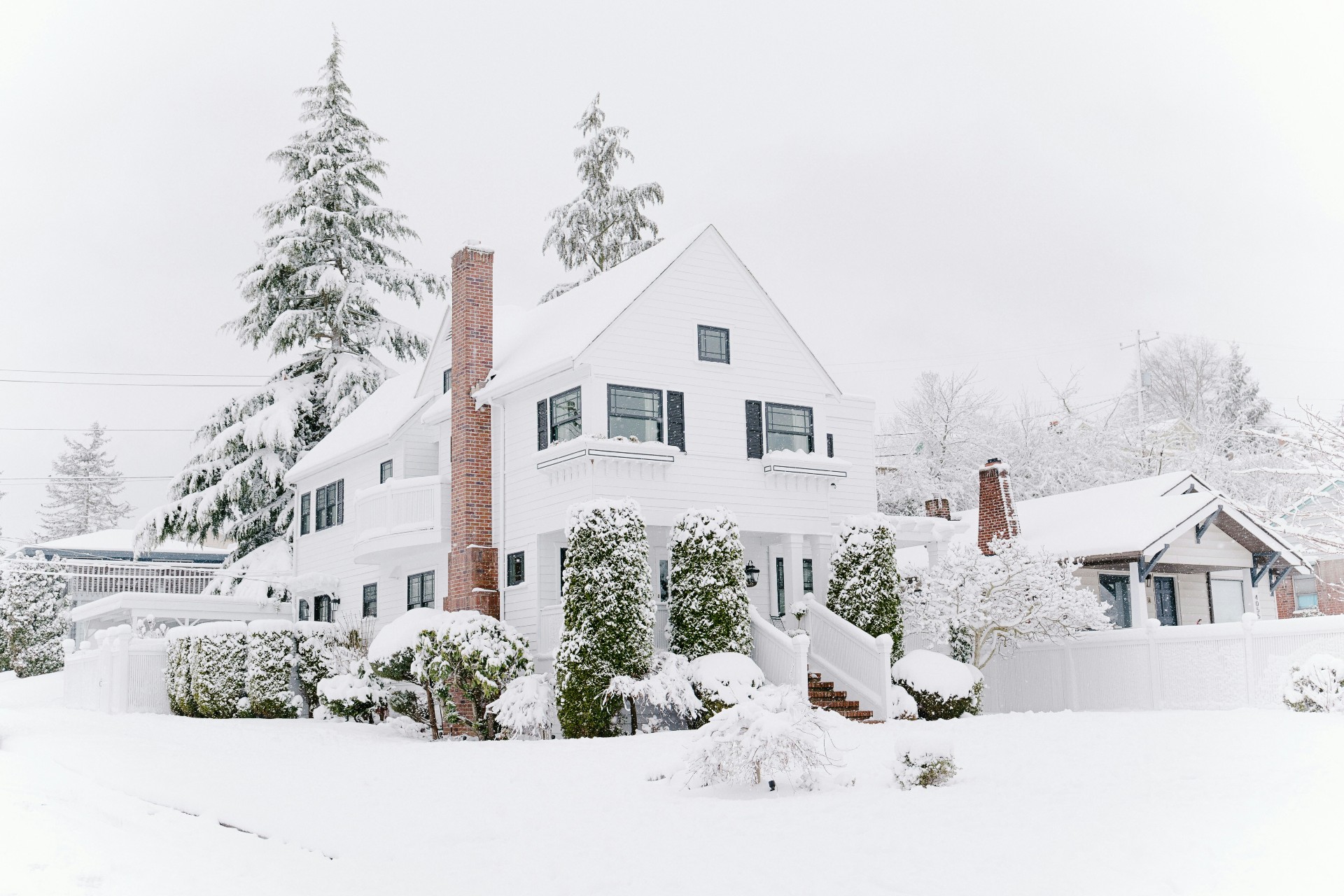The Pacific Northwest, known for its stunning landscapes and notoriously wet and cold winters, requires special attention when it comes to preparing your home for the winter season. One crucial aspect of winterizing your home is ensuring your roof can withstand the rain, snow, and strong winds that are characteristic of this region. In this blog, we’ll discuss essential tips for winterizing your roof in the Pacific Northwest, so you can protect your home and ensure a cozy, leak-free winter.
1. Inspect Your Roof
Before the winter season hits, it’s essential to conduct a thorough inspection of your roof. Look for missing or damaged shingles, cracked flashing, and signs of wear and tear. Any issues should be addressed promptly to prevent water infiltration during heavy rains or snow.
2. Clean Your Gutters
Gutters play a crucial role in directing water away from your roof and foundation. Clogged or damaged gutters can cause water to back up, leading to leaks and damage. Clear debris from your gutters, and make sure they are securely attached to your roof.
3. Trim Overhanging Branches
The Pacific Northwest is abundant with trees, and while they enhance the natural beauty of your home, overhanging branches can pose a risk to your roof during winter storms. Trim any branches that are too close to your roof to prevent them from falling onto or scraping against it.
4. Check for Leaks
If you’ve noticed water stains on your ceiling or walls, it’s crucial to address any leaks promptly. Leaks can worsen during the winter when the roof is subjected to increased moisture. Have a professional roofing contractor inspect and repair any leaks to prevent further damage.
5. Attic Insulation and Ventilation
Proper attic insulation and ventilation are crucial in maintaining a stable indoor temperature and preventing ice dams. Ice dams occur when heat escapes through the roof, melting snow, which then refreezes at the eaves, causing water to back up under the shingles. Insulate your attic to prevent heat from escaping and ensure that your attic is properly ventilated to maintain a consistent temperature and prevent moisture buildup.
6. Seal Gaps and Cracks
Inspect your roof for gaps, cracks, and spaces around vents and chimneys. Use caulk or roofing
cement to seal these areas and prevent cold drafts and moisture from entering your home.
7. Schedule a Professional Roof Inspection
While some aspects of roof maintenance can be managed by homeowners, it’s advisable to have a professional roofing contractor perform an annual inspection. They can identify issues that may not be immediately apparent and provide recommendations for necessary repairs or maintenance.
8. Prepare for Snow Removal
If you live in an area with heavy snowfall, consider investing in a roof rake. A roof rake allows you to safely remove excess snow, reducing the risk of structural damage and ice dam formation. Always follow safety guidelines when using a roof rake.
9. Stay Vigilant Throughout the Season
Winterizing your roof is not a one-time task; it’s an ongoing process. Periodically check your roof for damage and address any issues promptly to ensure your home remains protected throughout the winter months.
Winterizing your roof is a crucial part of preparing your home for the harsh winters in the Pacific Northwest. By following these essential tips, you can protect your home from leaks, ice dams, and other winter-related issues, ensuring a comfortable and safe living environment for you and your family. Don’t forget to consult with a professional roofing contractor to address any significant concerns and provide guidance on the best practices for maintaining your roof during the winter season.

